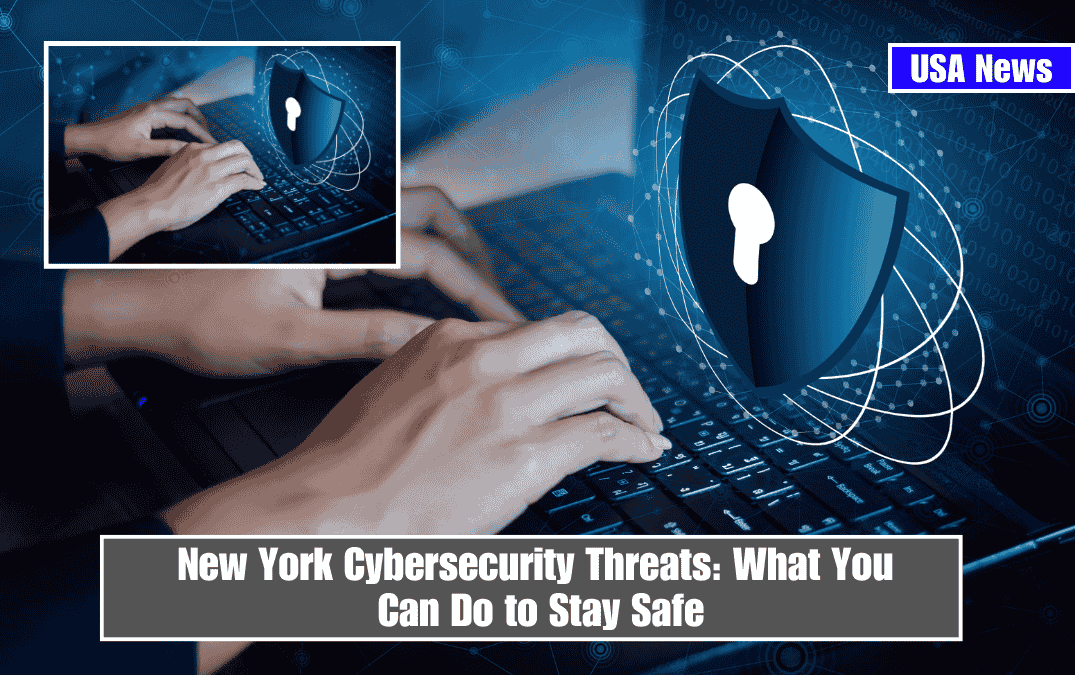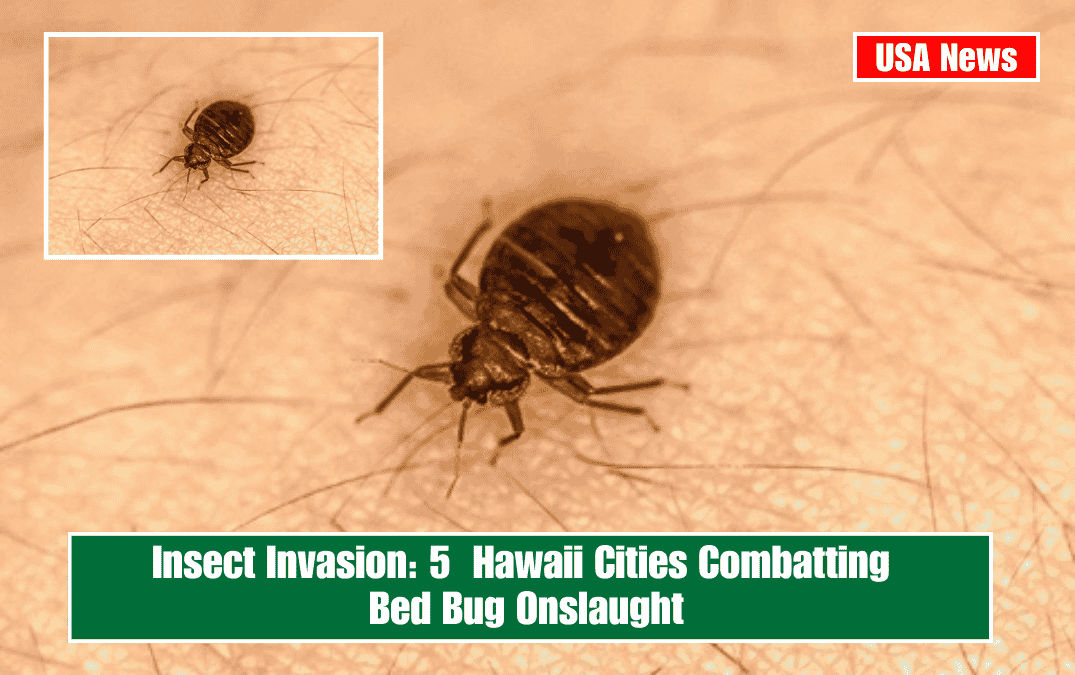Cybersecurity threats in New York are escalating in 2025, driven by the increasing sophistication of cybercriminals and the growing reliance on digital systems. From ransomware attacks to phishing schemes, individuals and businesses alike face significant risks. Staying safe requires vigilance, proactive measures, and adherence to evolving regulations.
Understanding Cybersecurity Threats in New York
Common Threats
- Phishing Attacks: These scams deceive individuals into revealing sensitive information through fake emails, websites, or messages. They remain one of the most prevalent threats across all sectors.
- Ransomware: Cybercriminals encrypt files and demand payment for their release, targeting businesses and individuals alike.
- Malware: Malicious software infiltrates devices to steal data or disrupt operations. It often hides in downloads or compromised websites.
- Insider Threats: Disgruntled employees or those with authorized access can intentionally or accidentally compromise data security.
- AI-Powered Attacks: Cybercriminals increasingly use artificial intelligence to create convincing deepfakes and bypass traditional security measures.
Sector-Specific Risks
- Healthcare: The healthcare industry in New York faces heightened risks, with a dramatic increase in hacking incidents and ransomware attacks targeting patient data.
- Financial Services: As a global financial hub, New York’s financial institutions are frequent targets for cyberattacks, including info stealers designed to bypass multi-factor authentication.
Regulatory Measures to Combat Cyber Threats
New York has implemented stringent cybersecurity regulations to address these threats:
- NYDFS Cybersecurity Regulations: Financial institutions must comply with enhanced protocols for access management, vulnerability scans, and system monitoring starting May 1, 2025. Annual compliance reports are mandatory by April 15 each year.
- NYC SHIELD Act: Mandates stronger data protection measures for businesses to safeguard customer information and avoid penalties.
- Healthcare-Specific Rules: Hospitals must report cybersecurity incidents within 72 hours of discovery under new NYSDOH regulations.
These regulations aim to protect sensitive data while ensuring operational continuity across critical industries.
How You Can Stay Safe
For Individuals
- Use Strong Passwords: Create long, unique passwords or passphrases for every account. Consider using a password manager to manage them securely.
- Enable Multi-Factor Authentication (MFA): Add an extra layer of security to accounts by requiring a second verification step, such as a code from an authenticator app.
- Avoid Public Wi-Fi: Use a Virtual Private Network (VPN) for secure internet connections when accessing sensitive information in public spaces.
- Stay Vigilant Against Phishing: Verify sender details before clicking links or downloading attachments from emails or messages.
For Businesses
- Implement Advanced Security Measures: Use tools like Security Information and Event Management (SIEM) systems and AI-powered threat detection to monitor vulnerabilities.
- Regularly Update Systems: Ensure all software is patched with the latest security updates to prevent exploitation of known vulnerabilities.
- Conduct Employee Training: Educate staff on recognizing cyber threats like phishing emails and insider risks.
- Establish Incident Response Plans: Prepare for potential breaches by having clear procedures for containment and reporting incidents promptly.
Cybersecurity threats in New York are evolving rapidly in 2025, posing risks to individuals and businesses alike. By understanding common attack methods, adhering to regulations like the NYDFS mandates and SHIELD Act, and taking proactive steps such as enabling MFA and implementing advanced security tools, you can significantly reduce your vulnerability.
Staying informed about emerging threats—such as AI-powered attacks—will be crucial in maintaining safety in this increasingly interconnected digital landscape.
SOURCES:-
[1] https://cyberexperts.com/countdown-to-compliance-navigating-new-yorks-2025-cybersecurity-mandate/
[2] https://safe.security/resources/new-york-state-healthcare-cybersecurity-2025-regulations-how-safe-can-help/
[3] https://www.nucamp.co/blog/coding-bootcamp-new-york-city-ny-new-york-city-cybersecurity-job-market-trends-and-growth-areas-for-2025
[4] https://its.ny.gov/press-release/data-privacy-day-2025
[5] https://ogletree.com/insights-resources/blog-posts/reminder-new-york-cybersecurity-reporting-deadline-april-15-2025-new-regulations-effective-may-1-2025/








